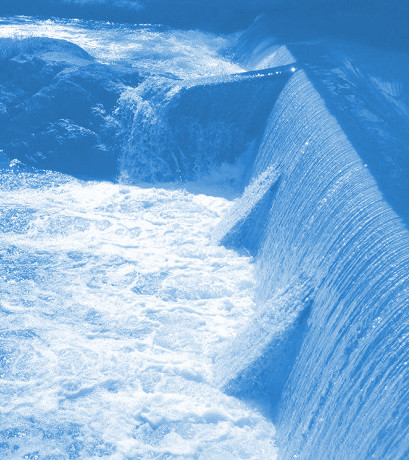NSW approves new sharing
 The NSW Government has approved six replacement water sharing plans.
The NSW Government has approved six replacement water sharing plans.
These plans aim to ensure equitable and sustainable water distribution among towns, industry, and the environment for the next decade.
The replacement plans cover:
-
North Western Unregulated and Fractured Rock Water Sources
-
Murray Unregulated River Water Sources
-
Intersecting Streams Water Sources
-
Lower Murray Darling Unregulated River Water Sources
-
NSW Border Unregulated Rivers Water Sources
-
Castlereagh Unregulated River Water Sources
These plans were developed through a process that included public exhibitions between July and December 2023, and considered feedback from residents, councils, water users, industry groups, environmental stakeholders, and Aboriginal communities was carefully considered.
“We listened carefully to this valuable community feedback which helped inform the final plans. We have also actioned recommendations from the review of these plans by the Natural Resources Commission,” the NSW Department of Planning and Environment said.
The state says changes have been made to simplify the plans, enhance clarity, and make compliance easier for water users. Adjustments to water access and trading rules were also implemented.
The government says it does not anticipate significant impacts on water users; in some cases, the changes might improve the ability to trade water.
Water sharing plans are legal instruments that dictate the allocation of water among users and the environment, ensuring equitable distribution among licence categories.
The newly approved plans are valid for ten years, with a scheduled audit after five years to assess their effectiveness.
“Water sharing plans are vital tools for managing our state’s water resources, and these six replacement plans will ensure we can continue to do so fairly and sustainably,” said NSW Department of Climate Change, Energy, the Environment, and Water (DCCEEW) Executive Director of Water Planning, Giselle Howard.
“That includes continuing to protect basic landholder rights, cultural needs, and water for the environment, and setting limits on how much water can be taken to help ensure our rivers, aquifers, and waterways remain healthy and resilient.”
The Natural Resources Commission will audit these plans again in 2029 to ensure they are functioning correctly for the environment, water users, businesses, and communities.








 Print
Print